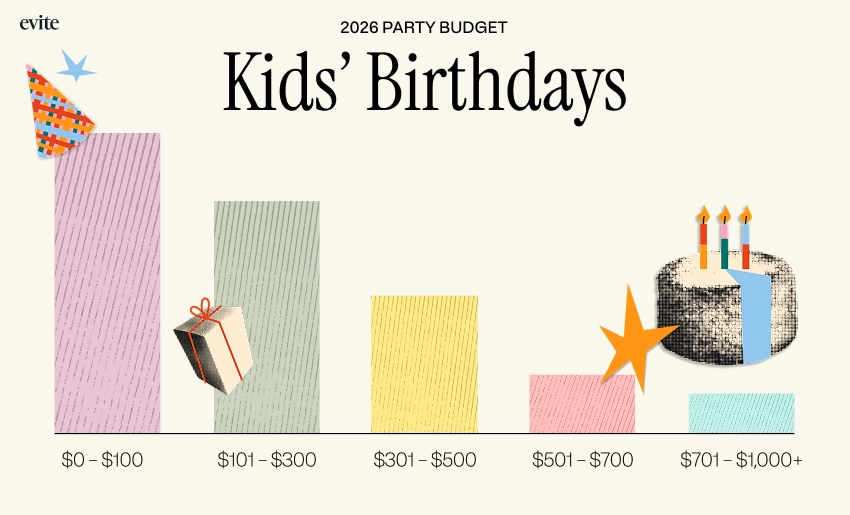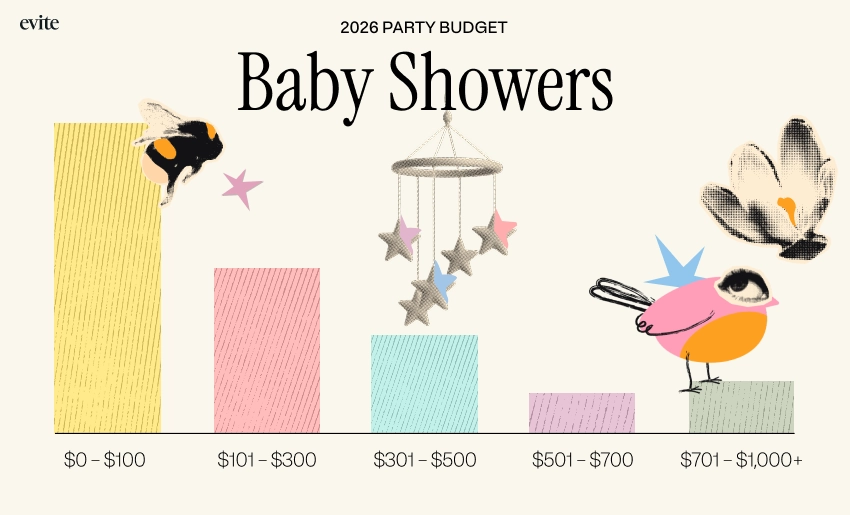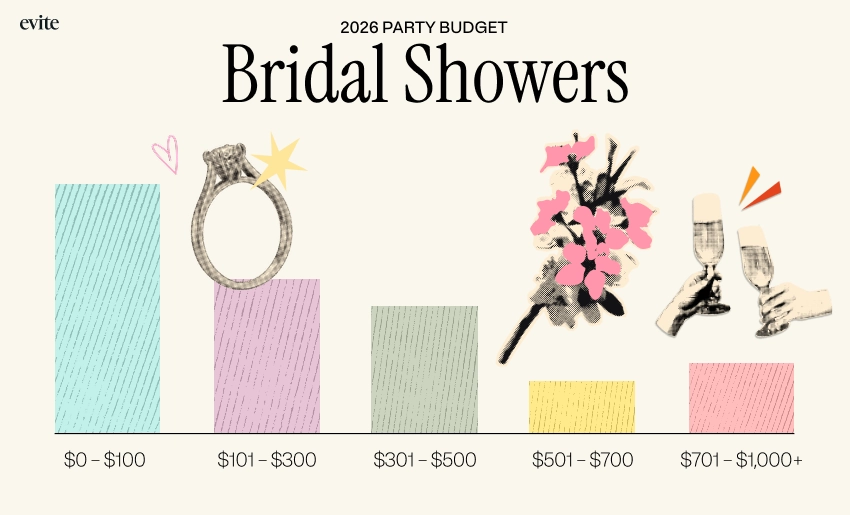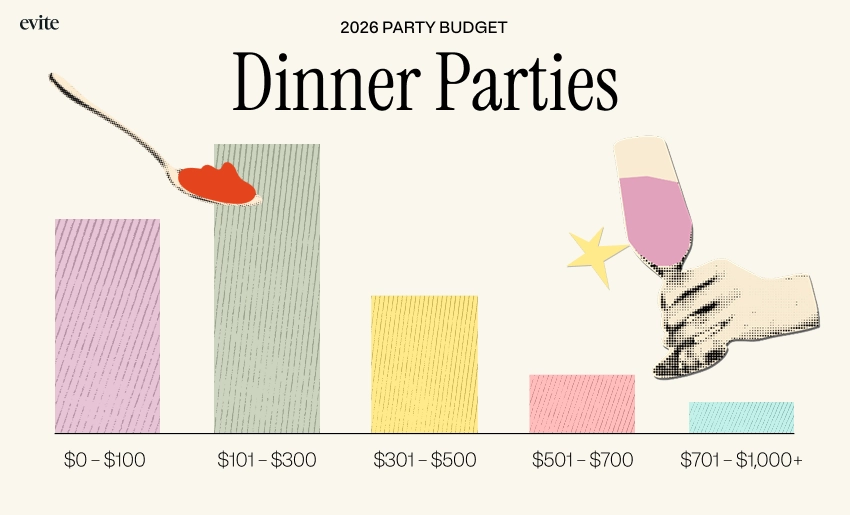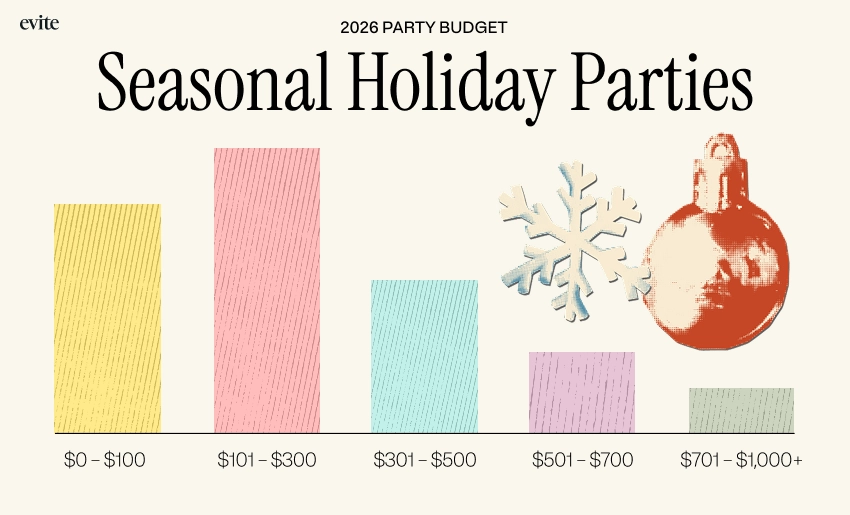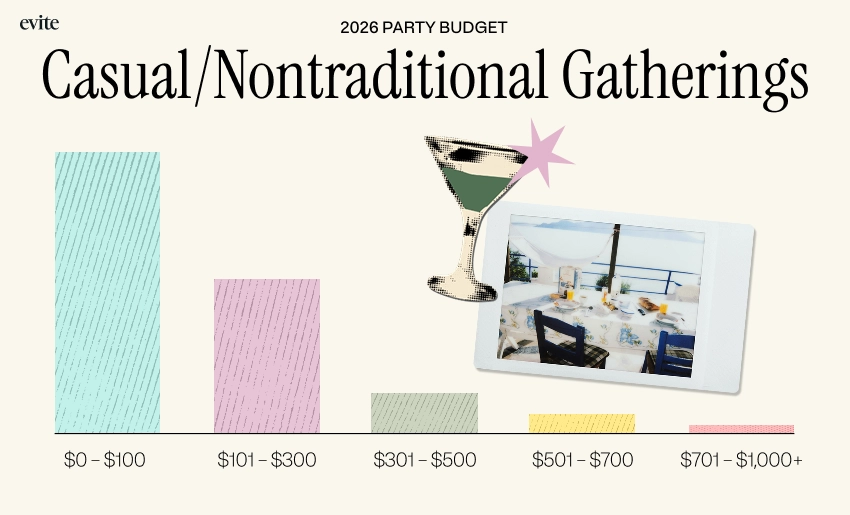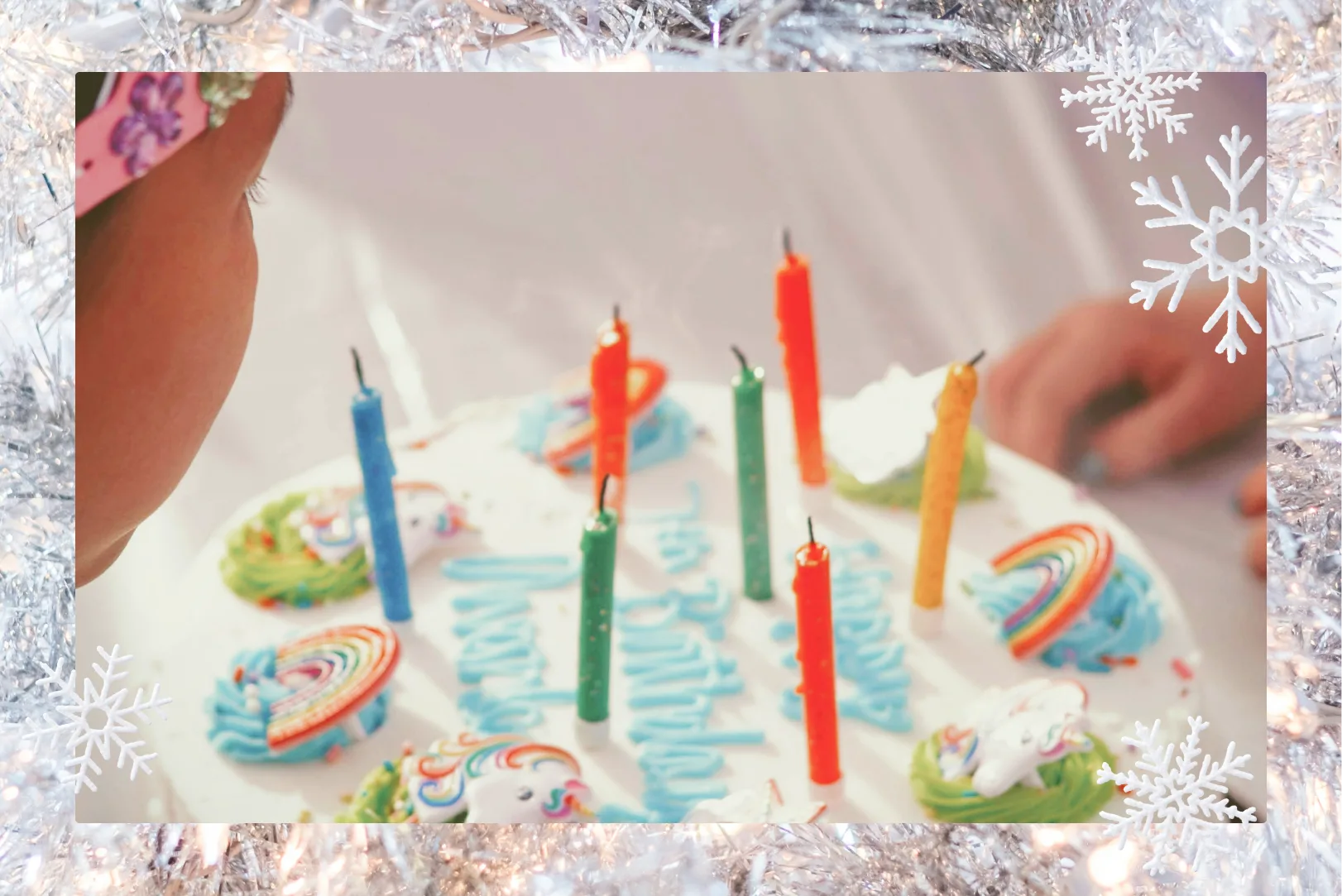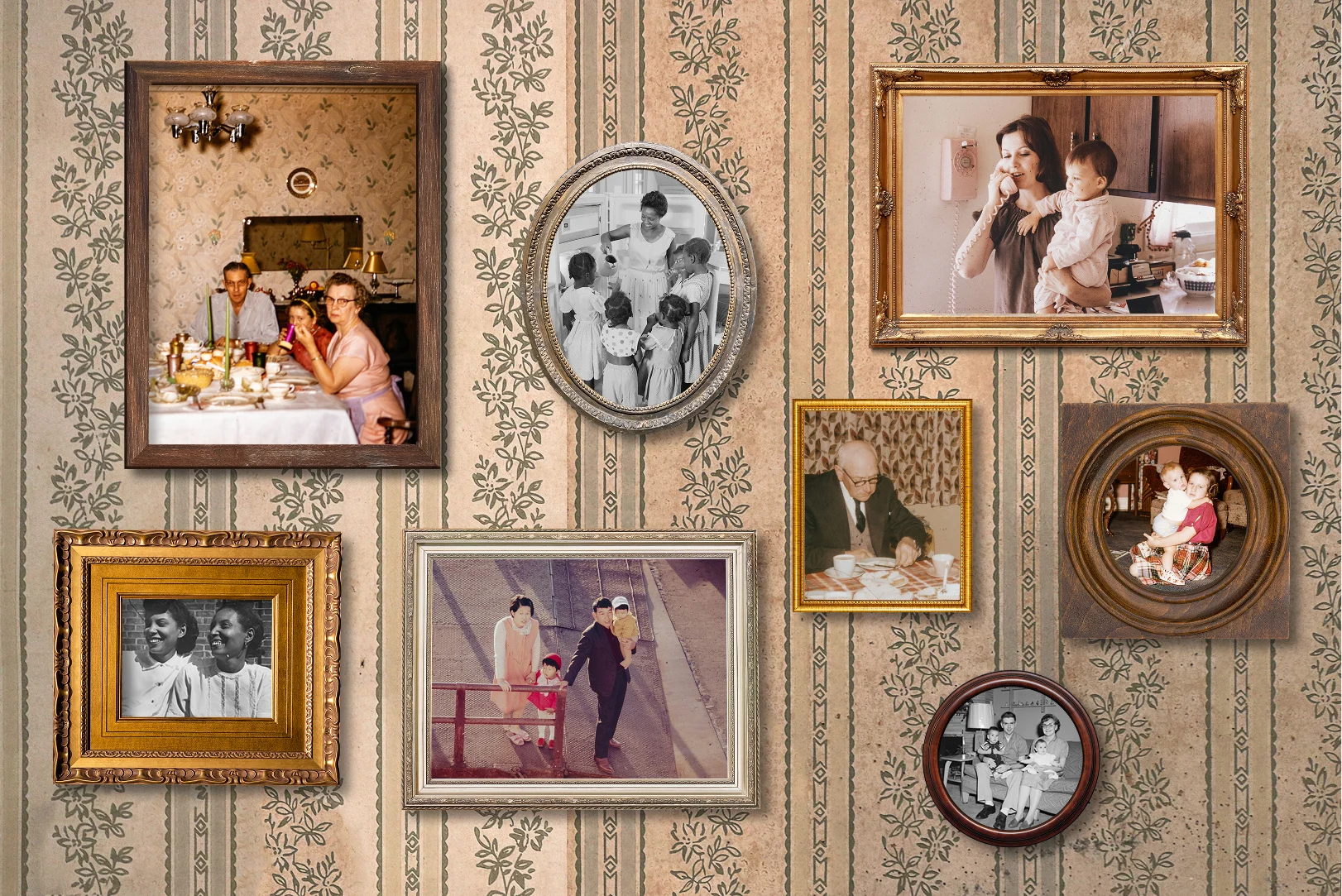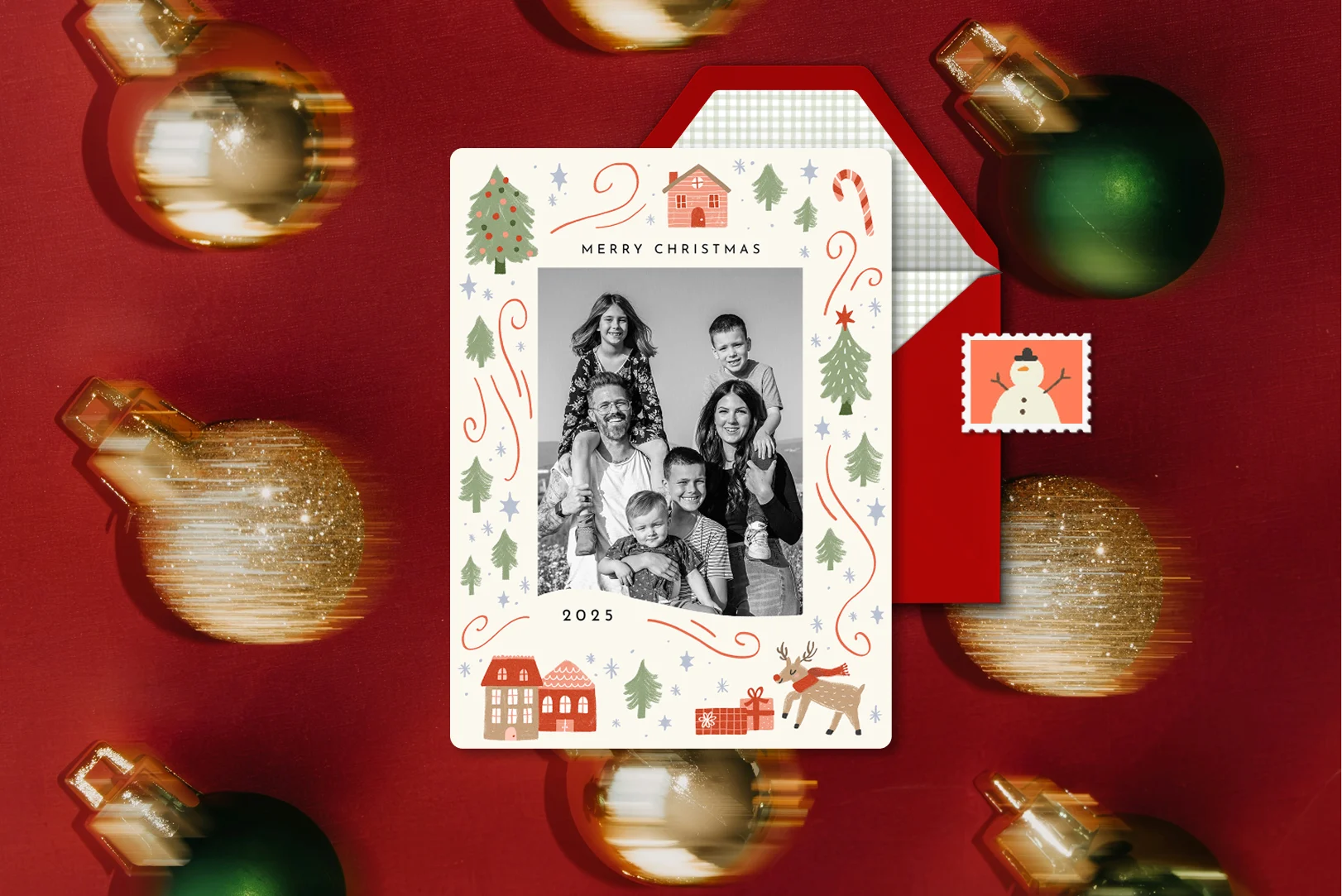The ultimate guide to wedding dress codes
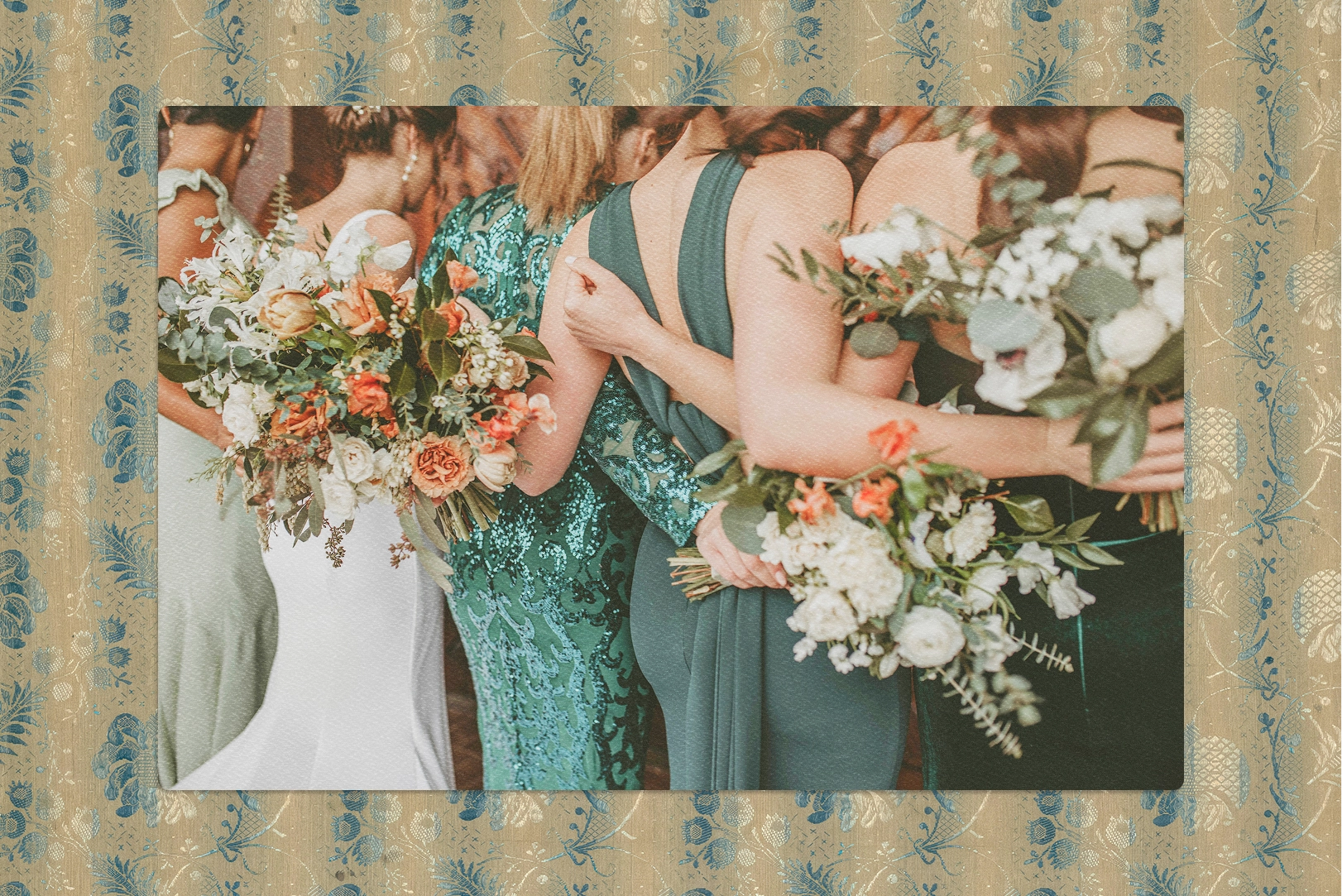
If you’ve noticed a trend of more and more wedding invitations including specific attire notes lately, you might just be onto something. As dress codes become a prominent feature of everything from bachelorette festivities to wedding receptions and more what-to-wear options pop up (fancy ranch? poolhouse chic?)… we’re here to make it all a little simpler. Here’s a breakdown of some of the most common wedding dress codes (because no one wants that pre-event stress of not knowing whether they’re dressed appropriately).
1. White tie
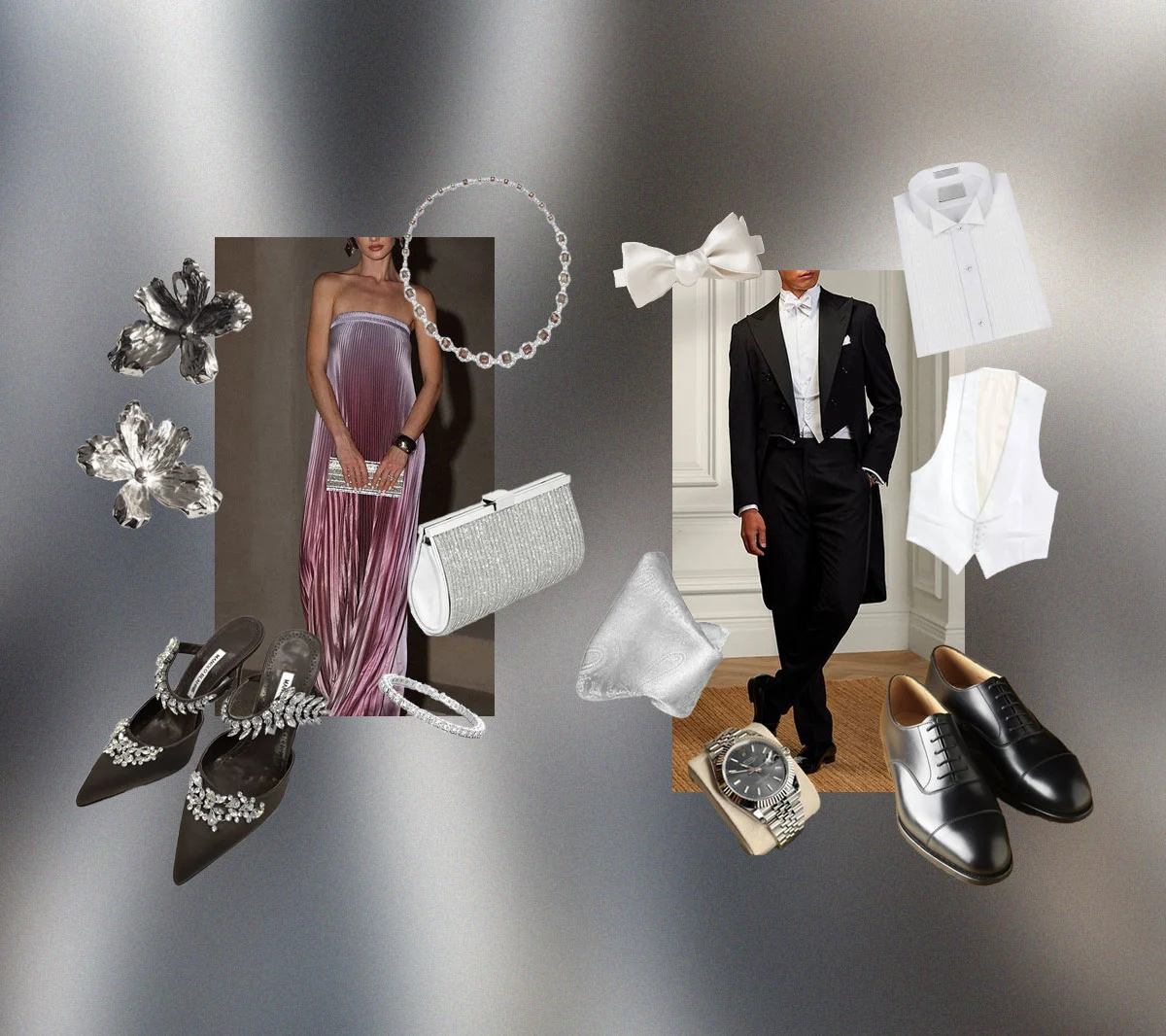
This is as formal as you’re going to get. Opt for a floor-length gown or a tuxedo with tails (oh — before you have to do another search… those are the coat extensions in the rear. Ask the people at the store, they’ll help you).
2. Black tie
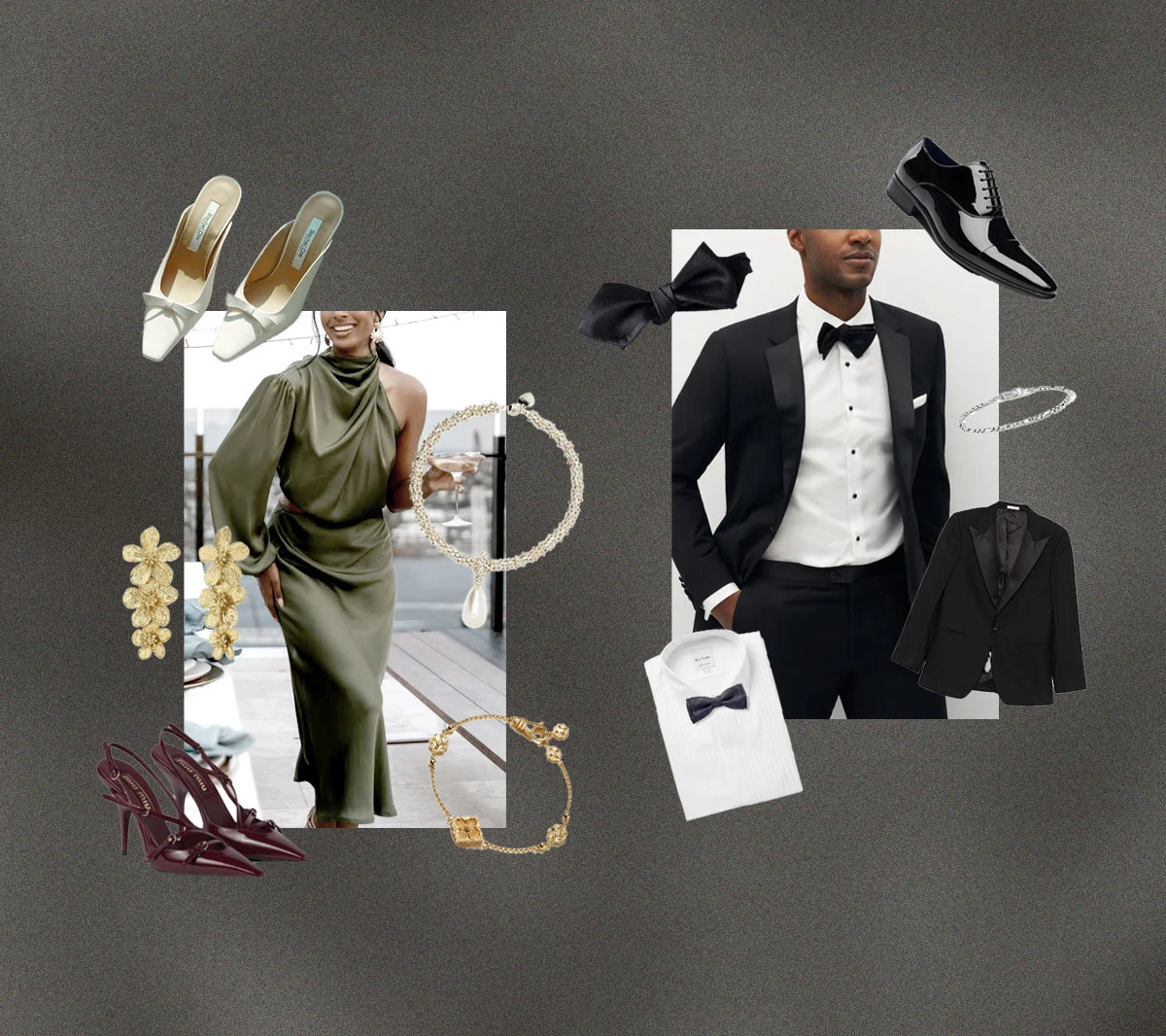
We’re still talkin’ formal! Black tie weddings require a tuxedo, elegant pantsuit, or a maxi dress.
3. Black tie optional
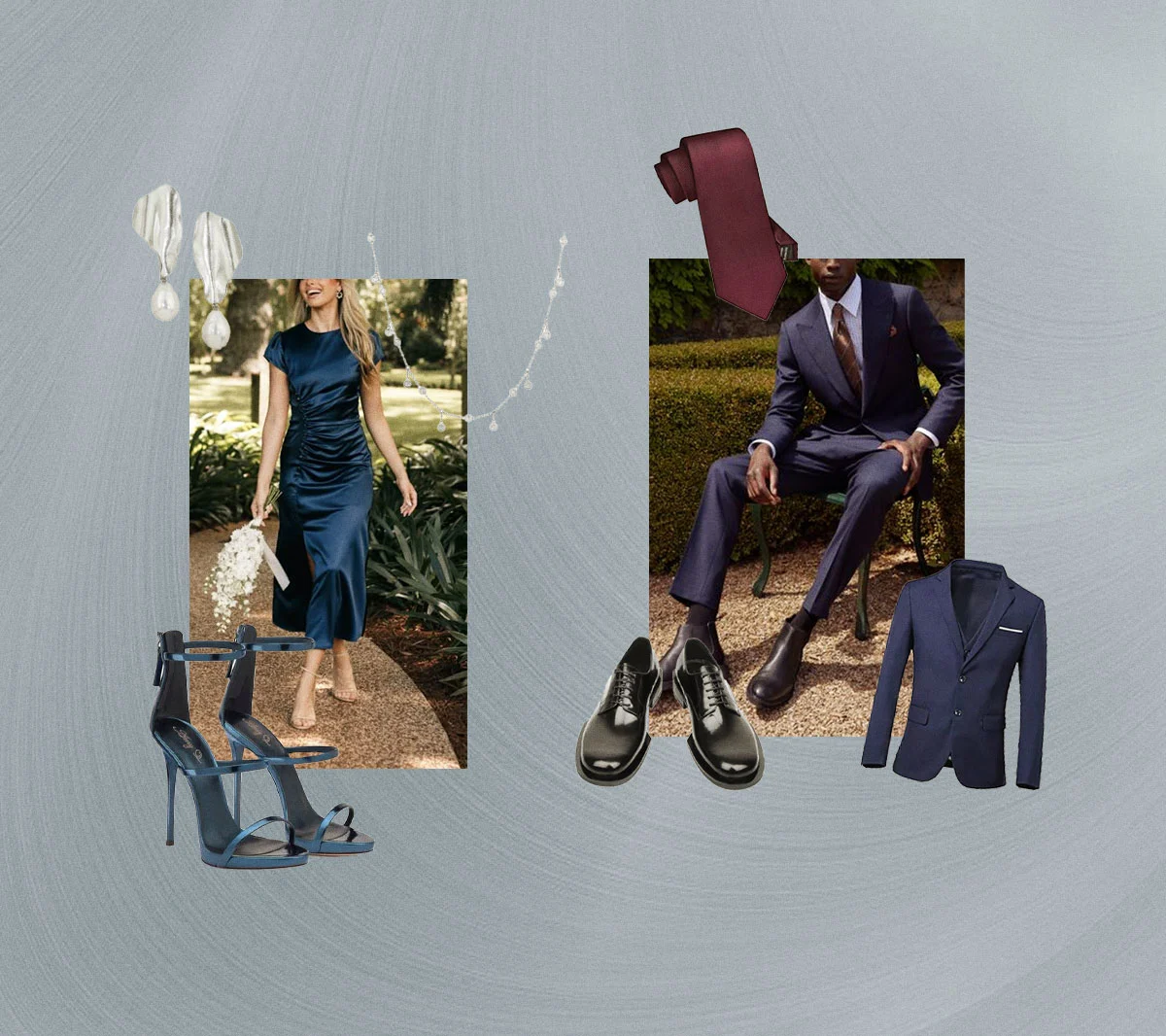
It always gets a little tricky with “optional” in the picture. You can still opt for any of the pieces you’d wear for a black tie event, or think slightly less formal, like a dark suit or knee to midi-length dress.
4. Formal
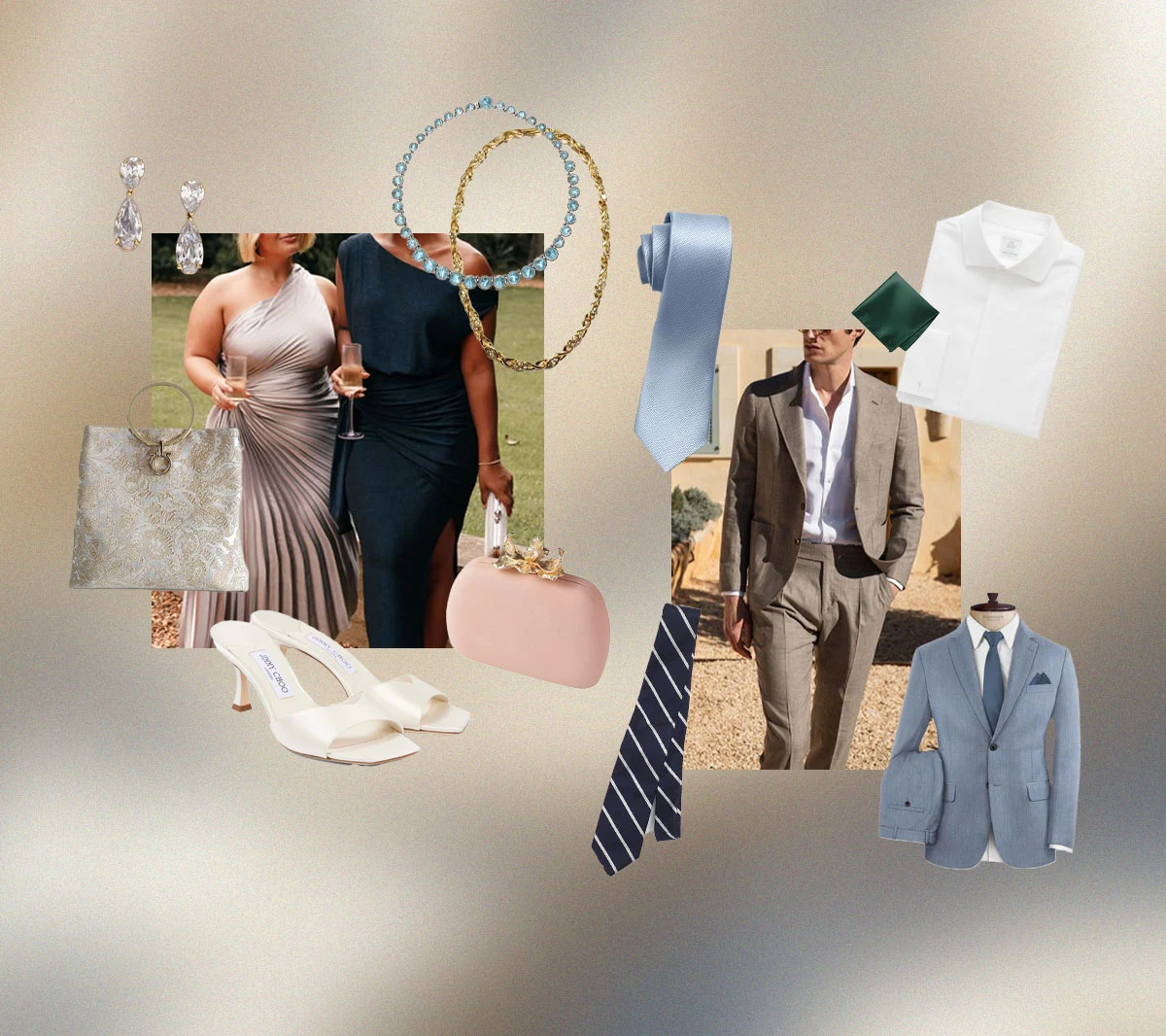
You’d think this one would be straightforward, but it’s still a bit up to interpretation! It’s elevated without having to be totally dressed to the nines. We’d still recommend a suit or a sophisticated midi dress (fancy separates or a nice jumpsuit would also be appropriate).
5. Cocktail
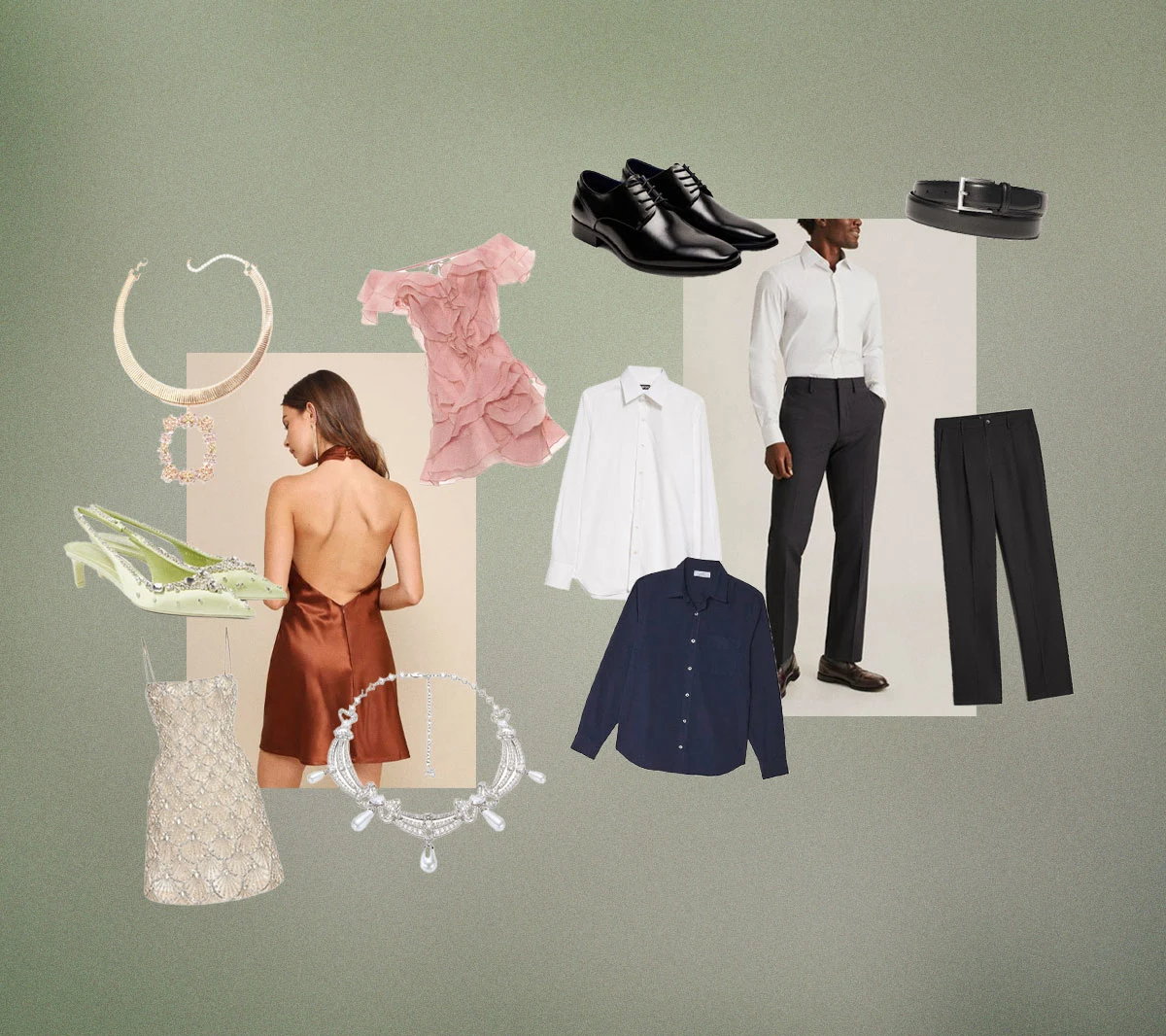
This is the first dress code where we’ll confidently say you don’t have to wear a tux or long gown. For “cocktail”, we’re talking still somewhat formal but with a little more flair and flexibility. A suit is still a safe choice, and you have more choices for dress length and accessorizing.
6. Semi-formal
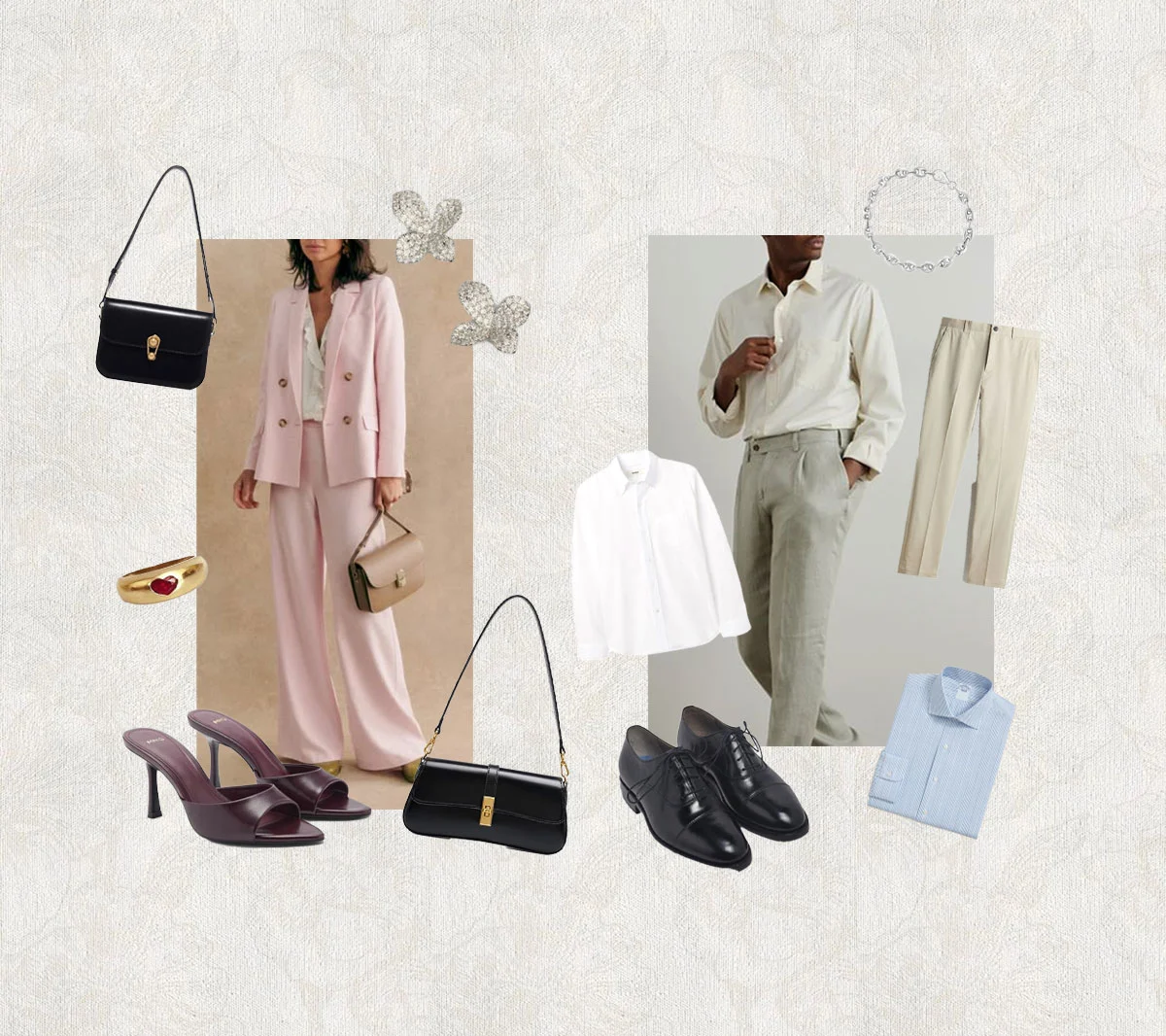
Opt for a button down shirt and slacks (tie optional), while a suit can still be appropriate if you like. Semi-formal also includes dresses (like a wrap dress or elevated slip style) and sleek pantsuits. If you’re not quite sure, consider the venue and try to read how “semi” that “semi-formal” really is based on that.
7. Daytime
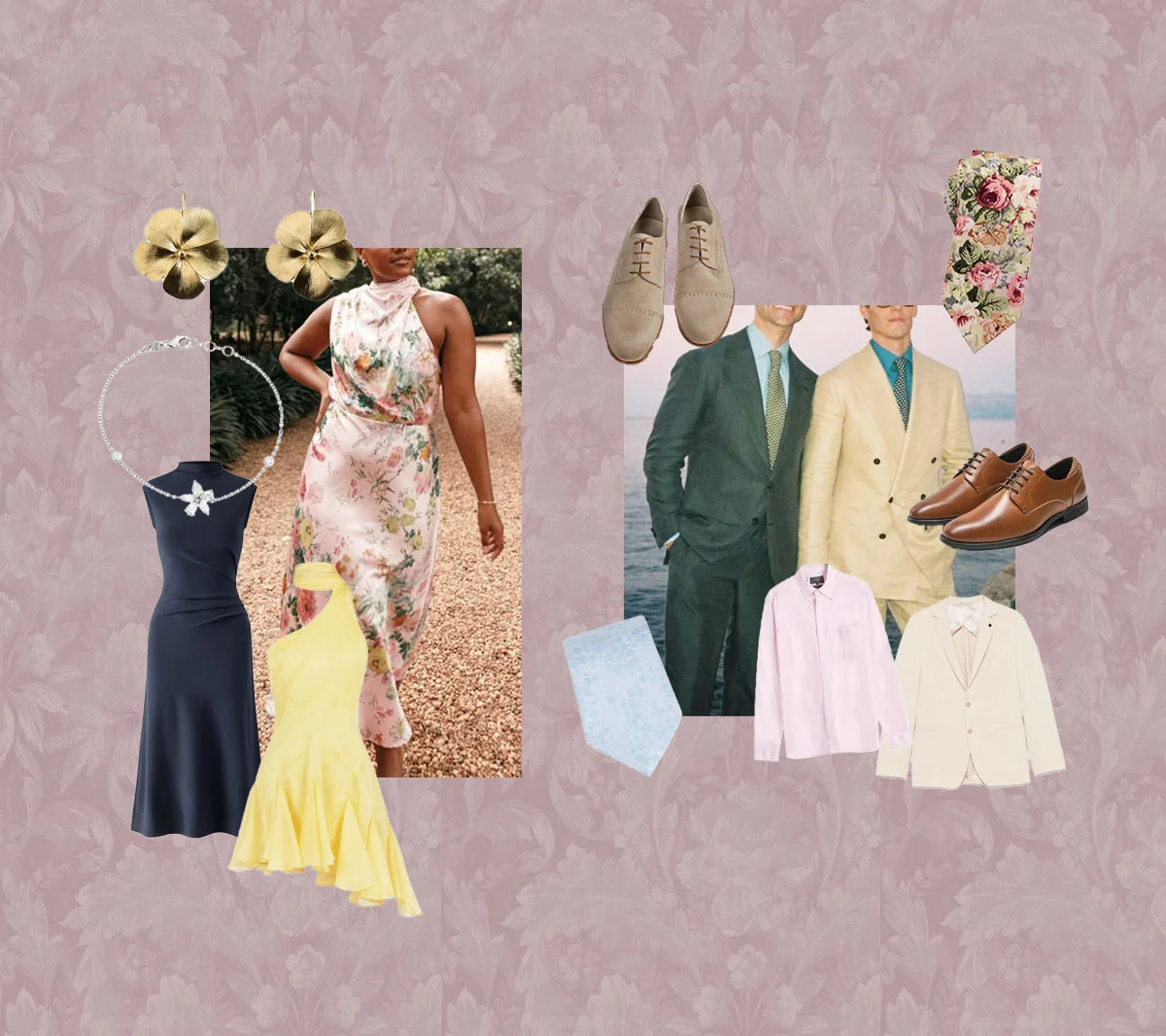
Daytime is about as casual as it gets, though you could still wear a dress shirt and slacks or even something like a grey suit. As for dresses, daytime attire allows for more flexibility in terms of fabric, color, and pattern.
8. Casual
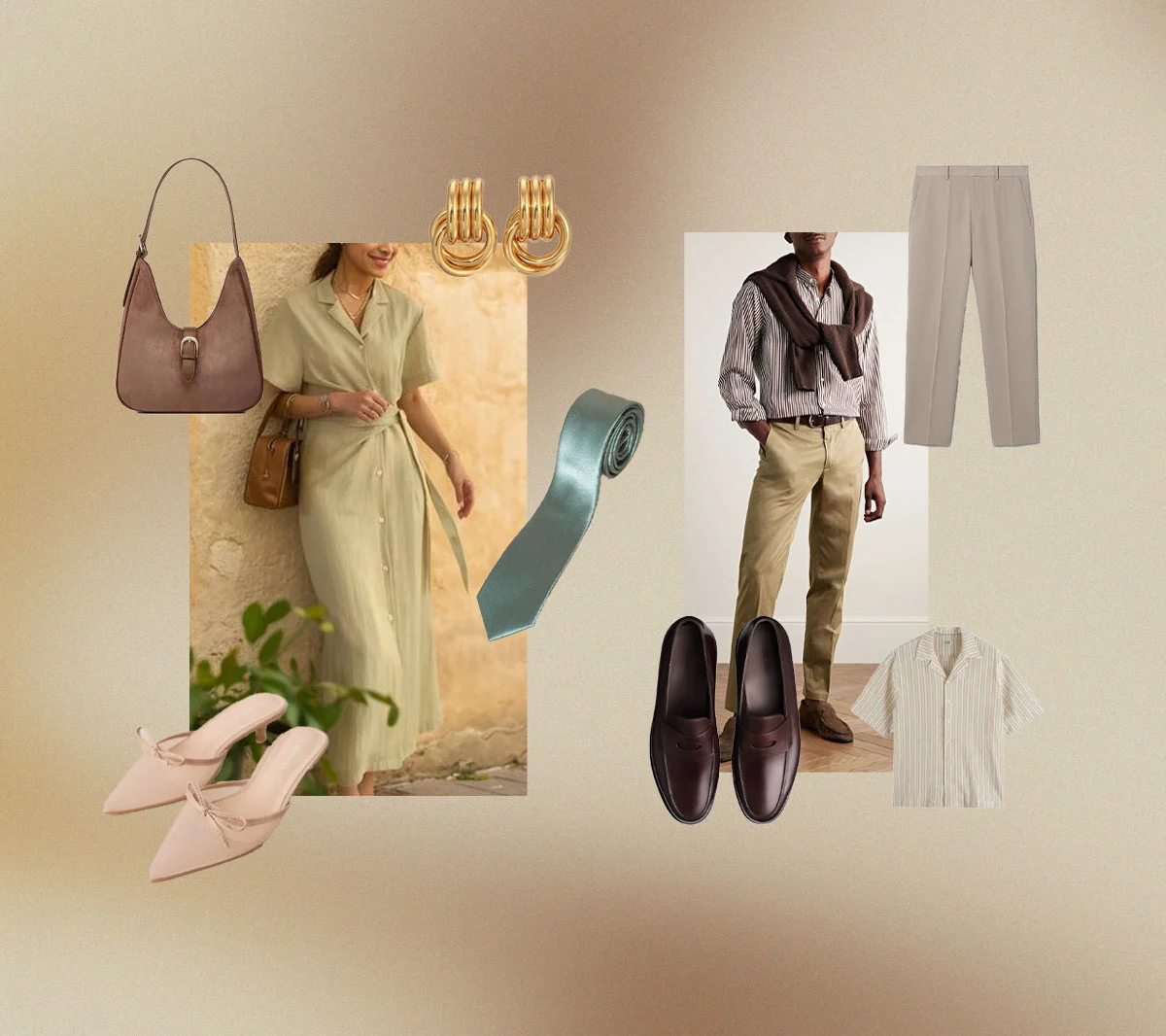
Look, “casual” is definitely the most relaxed of dress code options, but keep in mind that a wedding is still a more formal event than just your everyday outing. Feel free to play with pattern, color, and fabric — but please no flip flops and jean shorts unless your wedding party says it’s okay!
9. Beach
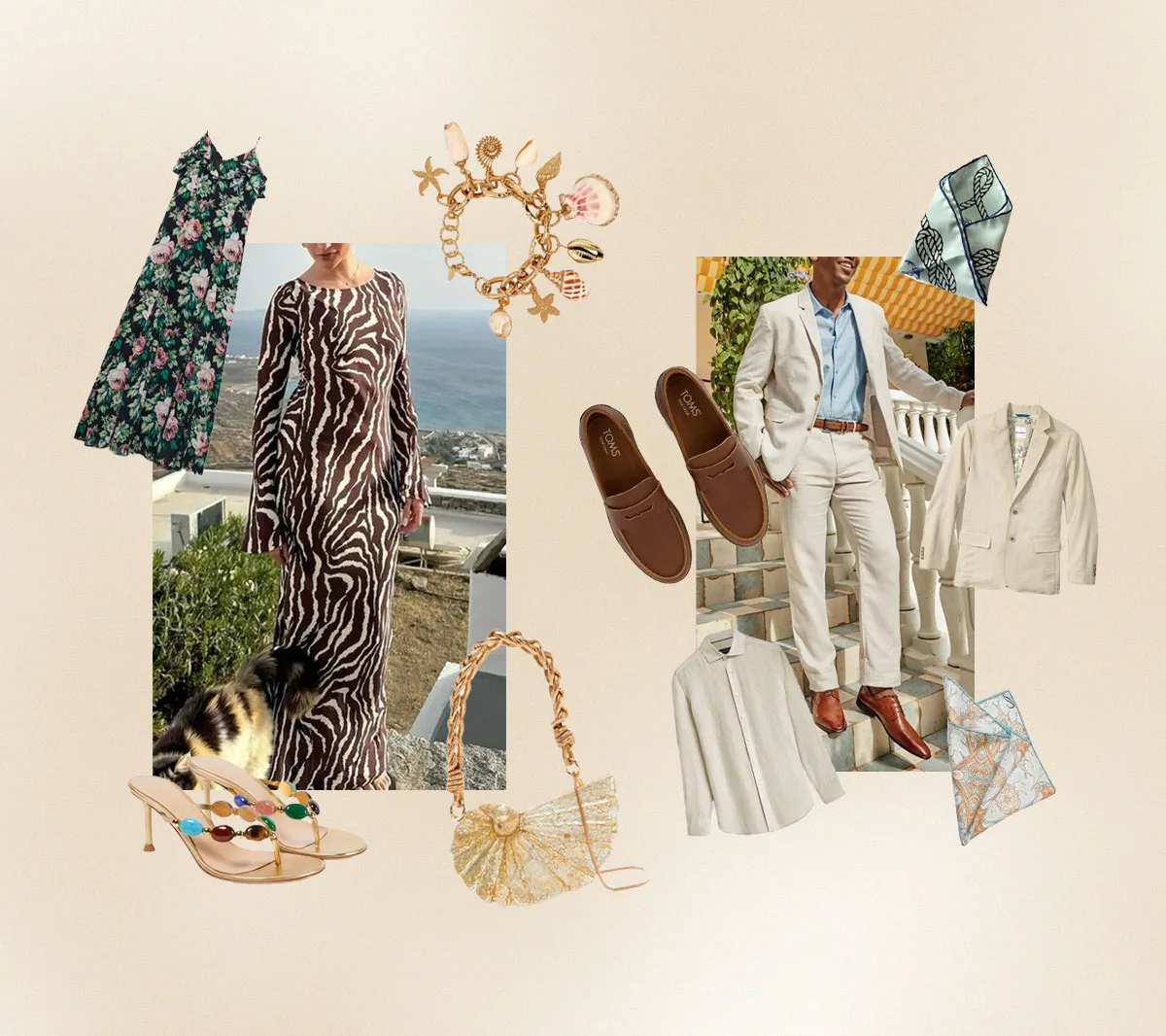
It’s important to note that your invitation might include “beach casual” or “formal beach” which are definitely different! Refer to the categories above for what types of styles to wear, but plan to lean into lighter colors and breezier fabrics overall. Beach wedding?? We’re jealous!
So, bookmark this for later because, well, we’re pretty sure it’ll come in handy for you down the line. And, as always, take this as a general rule of thumb. If you’re really not sure if the outfit you planned cuts it, it’s always safest to check in with someone in the wedding party!

